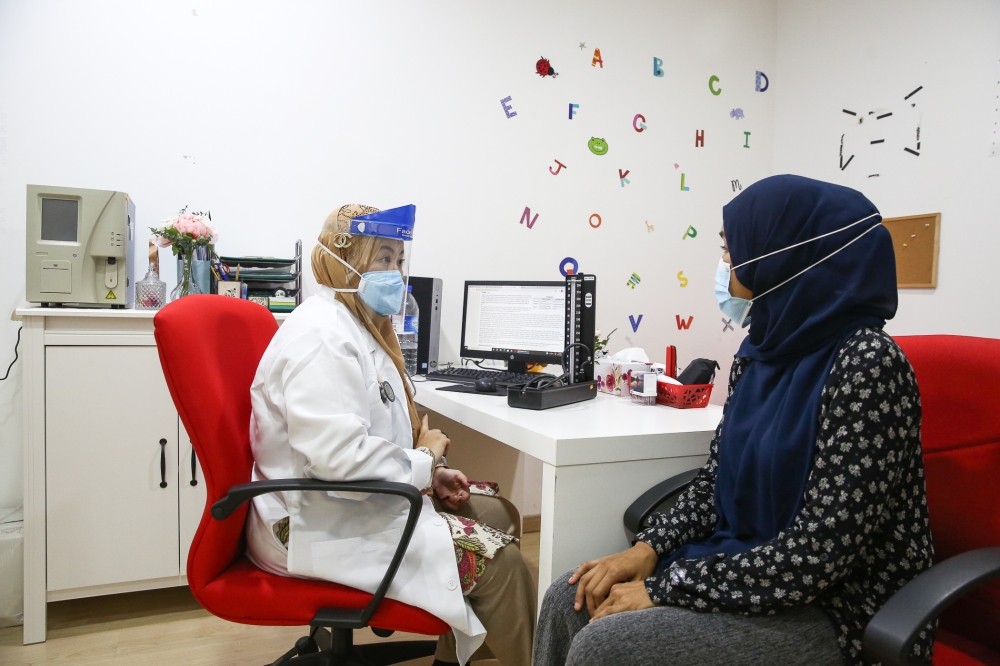KUALA LUMPUR, Nov 6 — Employers across Asia are bracing for a significant financial hit as the region is forecast to see a 12.5 per cent average medical trend rate in 2026, according to the new Mercer Marsh Benefits (MMB) 2026 Health Trends report.
This widespread increase — the sixth straight year of double-digit trends — has forced many insurers to consider cutting coverage, raising alarms about employee protection and talent retention.
Malaysia’s medical trend rate could go as high as 15 per cent in 2026, according to MMB’s forecast, nearly seven times the country’s projected inflation rate. The medical trend rate is the predicted year-on-year healthcare cost for a given population after factoring in elements like medical inflation and changes in treatment requirements.
“Another year of widespread double-digit medical trends across Asia is a wake-up call: cutting benefits may ease budgets now but it shifts financial risk to employees and undermines retention,” said Steven Yu, MMB Asia Leader.
The projected 12.5 per cent regional medical trend rate is fuelled by soaring rates in several key markets. Indonesia leads the Southeast Asia forecast at 17.8 per cent, followed by the Philippines (16 per cent).
Other markets projected to exceed 10 per cent include Thailand (14.6 per cent), Singapore (14 per cent), Vietnam (11.6 per cent) and Hong Kong (10.5 per cent).
MMB said this could be a troubling sign for employee benefits, as 63 per cent of insurers in Asia anticipate reducing coverage in 2026 to manage escalating costs, a sharp jump from 43 per cent who planned cuts in 2025.
This trend, as well as a report that 37 per cent of Asia insurers are seeing more members hit lifetime limits, is prompting “risky ad-hoc exceptions” that ultimately shift financial burdens onto employees.
The report, based on a survey of 268 insurers across 67 global markets, points to three primary factors driving up costs in Asia: a higher incidence of conditions (83 per cent), more costly treatments (78 per cent) and rising medical inflation (71 per cent).
The most expensive claims in terms of dollar amount across the region are for cancer, circulatory diseases and respiratory conditions.
In the next three years, insurers cited three key concerns that will continue to pressure healthcare budgets.
High-cost claimants topped concerns for 87 per cent of respondents, followed by inefficiency and waste at 85 per cent and an ageing population (77 per cent).
Despite the rise in health concerns, the report highlighted a significant gap in care: only 31 per cent of insurers in Asia typically cover mental health counselling, an area increasingly critical for employee wellness and productivity.
As people delay retirement, targeted benefits like preventive care such as cancer screenings and routine primary care visits are more essential to help hedge against future high costs, support employee health and ensure long-term retention and productivity, the report added.
“Employers should partner with insurers on data-driven plan design and targeted funding for high-cost claimants, and tackle inefficiency and waste,” Yu said.
“Prioritise preventive care and mental health — using funding innovations and benefit redesign to preserve essential protection and long-term affordability.”





